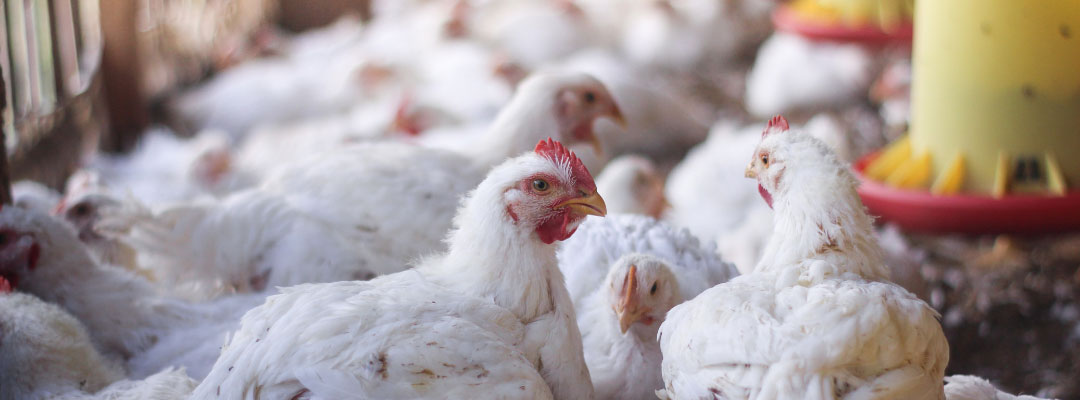On August 16, 2022, President Biden signed the Inflation Reduction Act of 2022 (IRA). The IRA will provide USDA assistance and support for underserved farmers, ranchers, and foresters by amending section 1005 of the American Rescue Plan Act of 2021. This will provide $125,000,000 for USDA assistance and support for underserved farmers, ranchers, and foresters through technical assistance, $250,000,000 in land loss assistance, $10,000,000 in funding for equity commissions addressing racial equity issues with USDA, $250,000,000 in funding for research education and extension, $2,200,000,000 for discrimination financial assistance, and $3,100,000,000 to provide payments for the cost of loans or loan modifications with respect to distressed borrowers of direct or guaranteed loans administered by FSA. Additionally, the IRA addresses environmental concerns in agriculture and conservation by including $20,000,000,000 for climate-smart agriculture practices, $5,000,000,000 for fire resilient forests and forest conservation, and $2,600,000,000 for coastal habitat conservation and restoration.[1]
The Inflation Reduction Act repealed section 1005 of the American Rescue Plan, allowing funding originally intended for debt relief (but stuck in litigation) to be reallocated. The ability to receive an individual payment due to discrimination may be better for farmers who would not have benefited from debt relief provided in section 1005 of the American Rescue Plan.
Research conducted by the Federation of Southern Cooperatives for the Socially Disadvantaged Farmers and Ranchers Policy Research Center (The Policy Center) has found that one of the identified challenges that Heirs’ property participants face was a lack of information or assistance making productive use of their land. In 2014, a research study conducted by Prairie View A&M University, on behalf of The Policy Center, found that SDFRs needed to be further educated on USDA programs to increase their applications. Heirs property continues to be an issue, and Policy Center research conducted by Auburn University conservatively estimated that there are 579k heirs’ properties with a combined total acreage of 6.8m valued at $47.3b across the 14 states they studied.
Institutions that serve, work with, and educate historically marginalized communities play a vital role in all of these areas that will be impacted by the IRA. These institutions provide the necessary technical support and outreach needed for most farmers to run a successful operation. These institutions also aid in creating the next generation of those who will work with these farmers, and the IRA ensures that there is funding to do that.
The Inflation Reduction Act is crucial to the survival of Socially Disadvantaged Farmers and Ranchers, and it is clear that change will come with its implementation. The only question is how much change will it truly bring?



[1] For additional information, see previous Southern Ag Today articles on the history of debt relief, the IRA, and heirs property.




